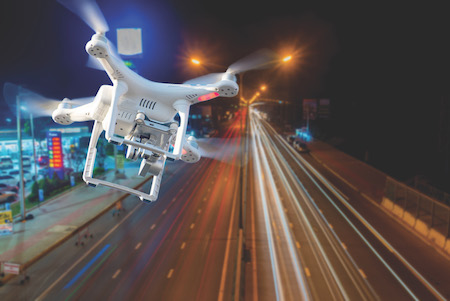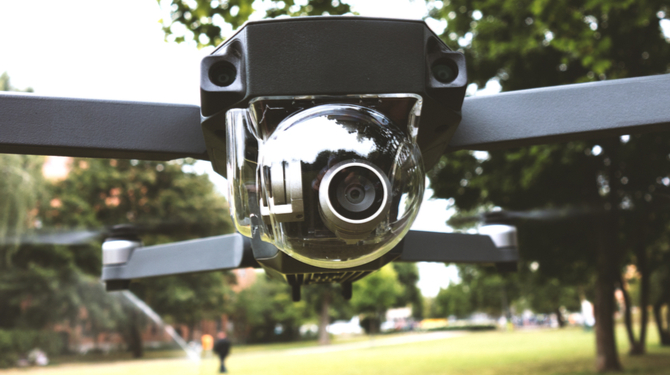According to the FAA’s release: “LAANC is an industry developed application with the goal of providing drone operators near real time processing of airspace notifications and automatic approval of requests that are below approved altitudes in controlled airspace.”
The new system will simplify the process of legally operating a drone, allowing drones to be operated within five miles of an airport and in controlled airspace. It is part of the FAA's UAS Data Exchange, a collaborative approach between government and private industry players to work out the best solutions for sharing the airspace. The FAA will provide airspace data to the industry so that it can create the tools necessary for guiding the users of drones. Airspace data is provided through UAS facility maps which show the maximum altitude around airports where the FAA is able to authorise operations under the small UAS rule, while the operators of UAS will be able to streamline and automate the process notifications and authorisation requests.
LAANC is a precursor to the NASA-led development of an Unmanned Aerial Vehicle Traffic Management (UTM) system. LAANC is the low-altitude version of the UTM system, a joint project between NASA and the FAA, which will be fully transferred to the FAA by 2019. Drone users can expect more drone regulation on the horizon with the launch of LAANC, as it is acting as the foundation for standardising drone and airspace management, recognising the difference between UAS and traditional aircraft and the challenges involved in getting them to share the airspace.
Under LAANC operators will be able to legally fly within five miles of an airport, in tightly controlled airspace with maximum altitudes and pre-approved flight zones. It will also speed up the authorisation process, replacing the 90 day wait for a waiver with an online and almost instantaneous process.
There will undoubtedly be some pushback from voices in the drone industry with complaints about lack of transparency in the process and fears that the companies selected for the initial trial may have an unfair advantage.


.jpg)
.jpg)
.jpg)

.jpg)




.jpg)